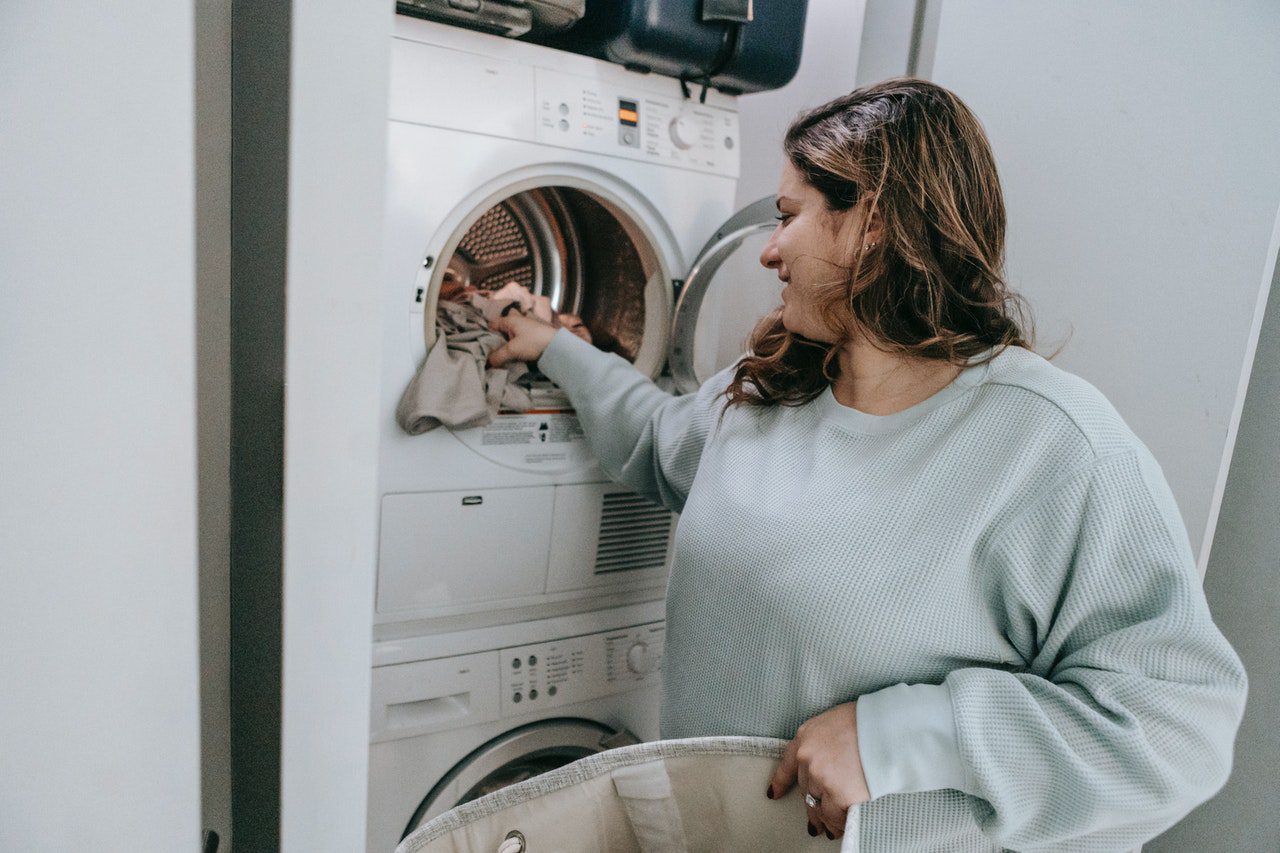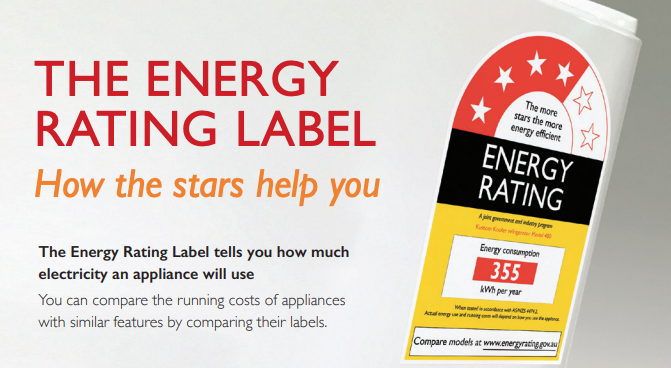
What does the energy rating on household appliances actually mean?
For many of us, the good old “energy rating” system has been around for a reasonable portion of our lives. But how much do you really know about the rainbow-shaped, star-spangled symbol that graces your appliances?
What is the energy rating system?
The energy rating system is an Australian government initiative that came into place around 30 years ago. The idea is that it helps householders understand, when buying new appliances, how much energy the appliance is likely to use, and how much it’s therefore going to cost over time. Buying a cheap and cheerful dishwasher is one thing, but it’s helpful to know if it’s going to increase your energy bills in the long run. And with household appliances accounting for 30 per cent of our total home energy use (heating and cooling contributes an additional 26 per cent), it pays to know just how efficient our appliances are.
Most appliances have a sticker displaying six stars coloured fully or partially with red to denote their energy efficiency (the more coloured stars, the more efficient the product is), however we’re now seeing more appliances with a rating of up to 10 stars to indicate extra efficiency. These products feature an added row of stars above the usual six.
The stars tell us how energy efficient the appliance is compared with similar models in the same category, so TVs are not being compared to clothes dryers, for example. Every new washing machine, clothes dryer, TV, dishwasher and refrigerator sold in Australia must earn itself at least one star to be on the market. Air-conditioners are now subject to a separate model that takes into account different climates, and rates the unit’s efficiency based on where in Australia it is being operated.

Calculating your appliances’ energy consumption
But it’s not all about the stars: below the star rating is an energy consumption figure. Your washing machine, for instance, might tell you that it uses 420 kWh per year. To the uninitiated, this information may not mean much, but it’s a key piece of the energy efficiency puzzle.
To work out how much your appliance is likely to cost you, you can multiply the kilowatt-hours (kWh) by your electricity rate (this appears on your energy bill, but the average is around 25 cents). The washing machine in question, then, would cost you around $105 a year to run. A washing machine with a higher energy rating may cost you more cash upfront, but consume less energy and therefore make more financial sense in the long term.
However, it does come down to how you use your appliances. The energy consumption figure assumes you’re using your appliance as an average person would. Under the energy rating system, an “average person” uses a dishwasher once a day, a washing machine once a day, a clothes dryer once a week, a TV and computer for 10 hours a day, and a fridge and freezer 24 hours a day. If you live alone and use your washing machine a couple of times a week, then obviously your energy consumption will be less – and it’s probably a different story again if you have four kids under five.
Source: domain.com.au/living
 To work out how much your appliance is likely to cost you, multiply the kilowatt-hours (kWh) by your electricity rate.
To work out how much your appliance is likely to cost you, multiply the kilowatt-hours (kWh) by your electricity rate.